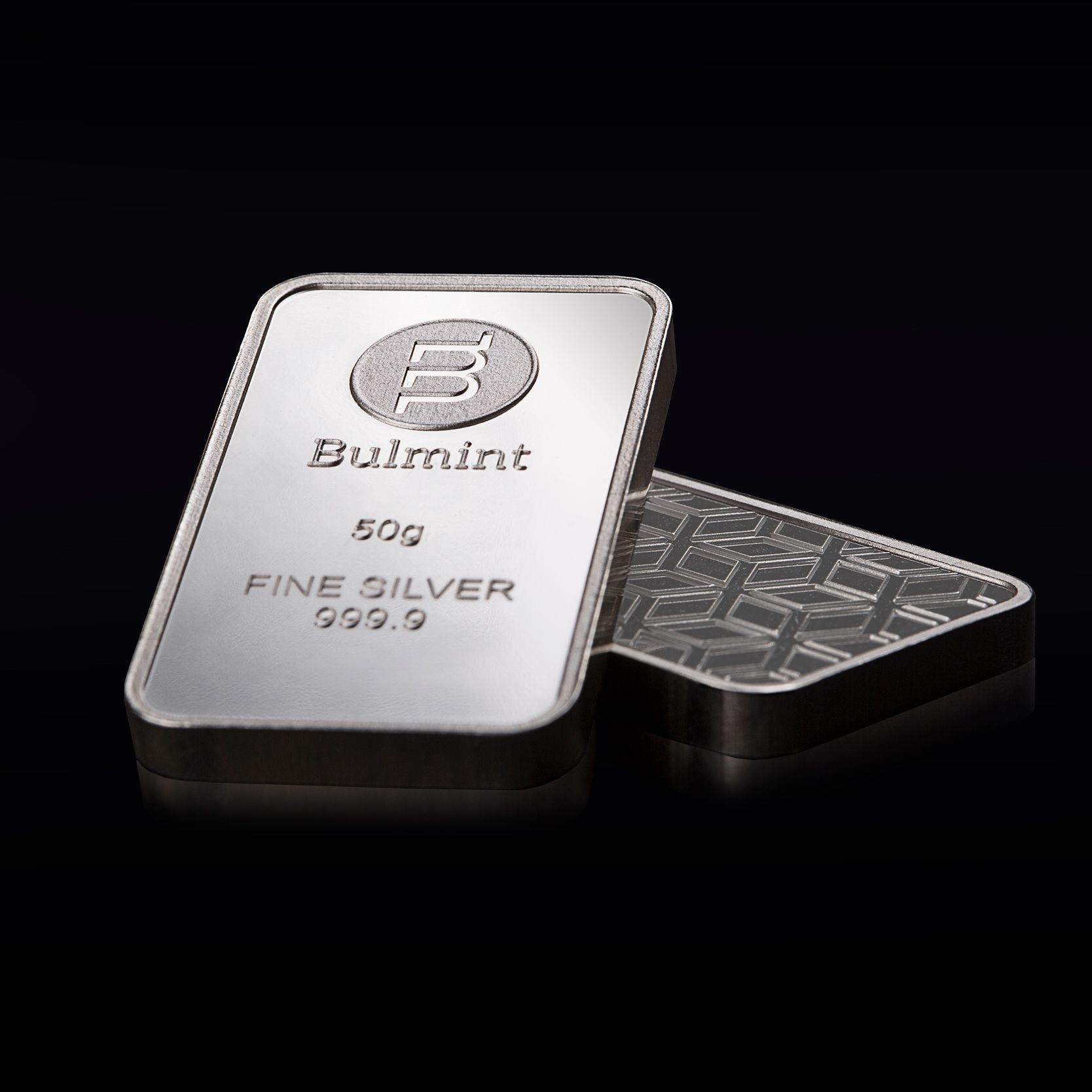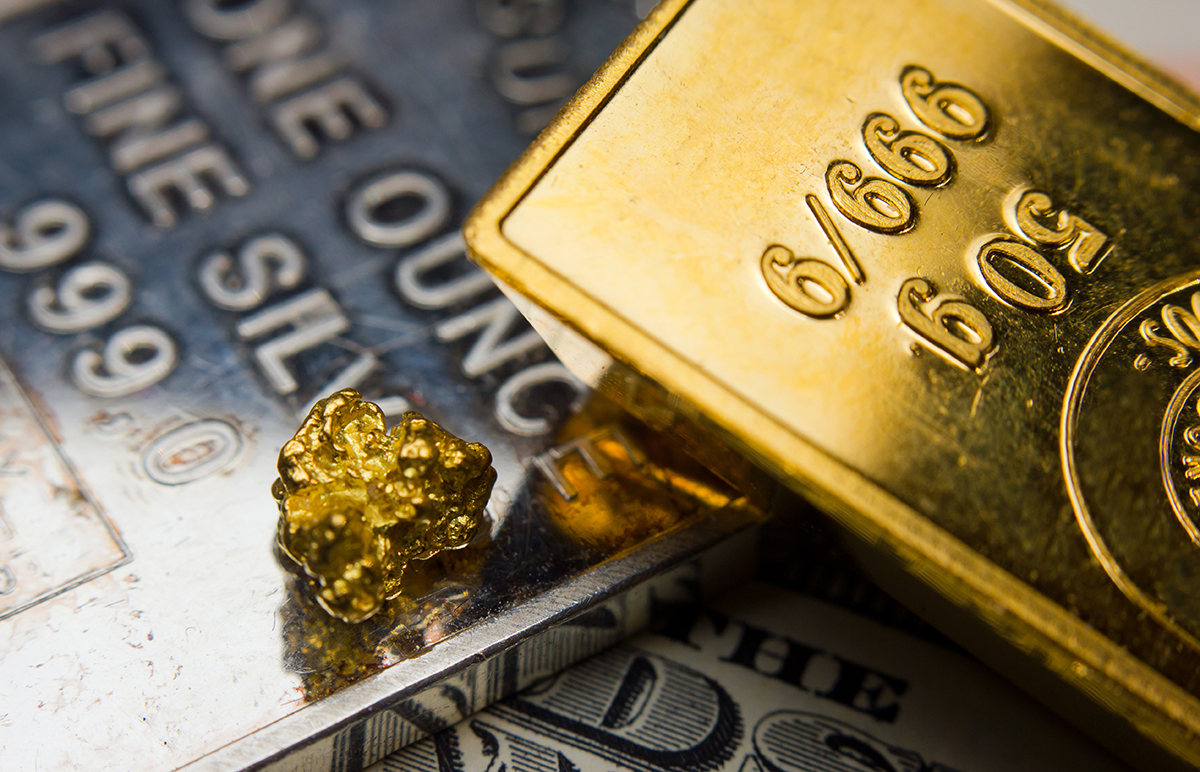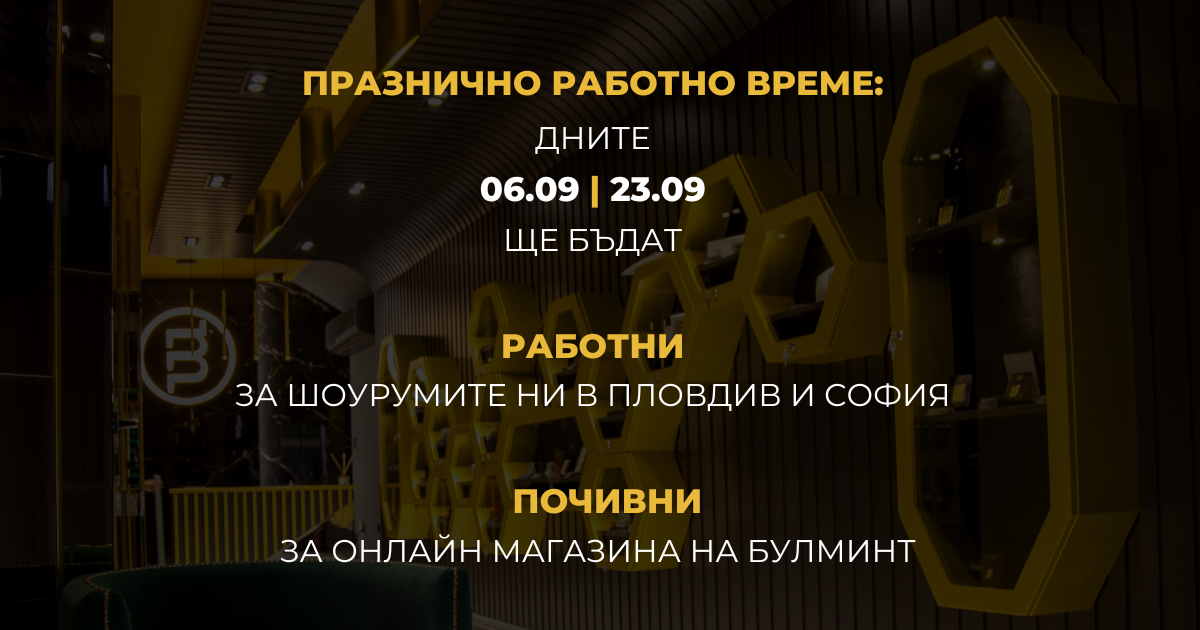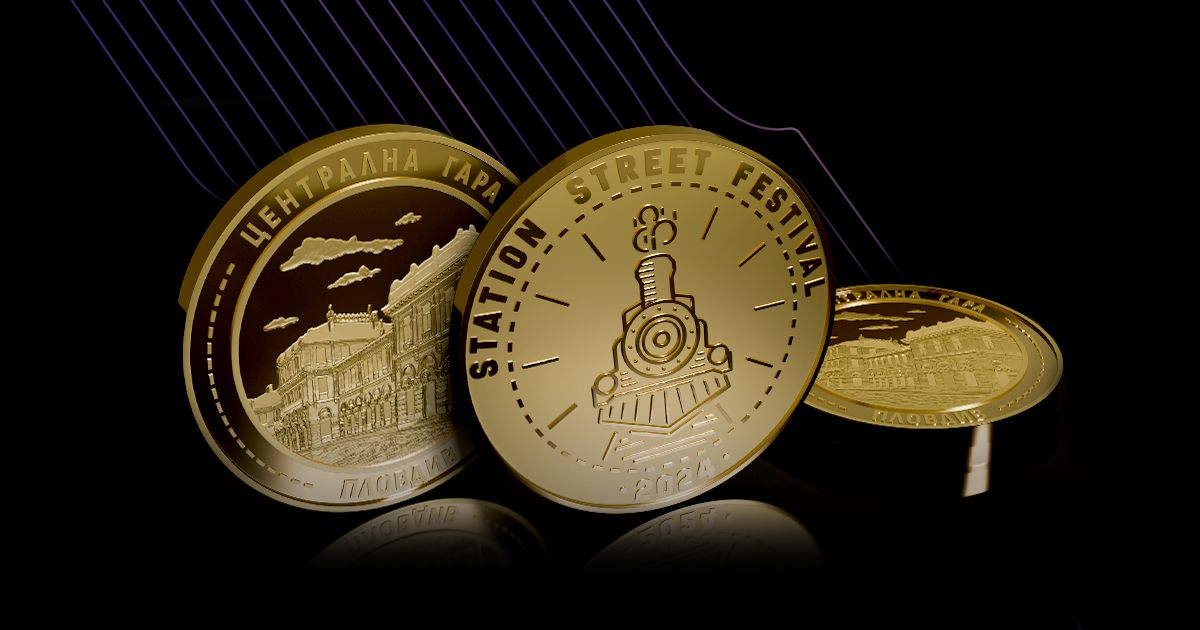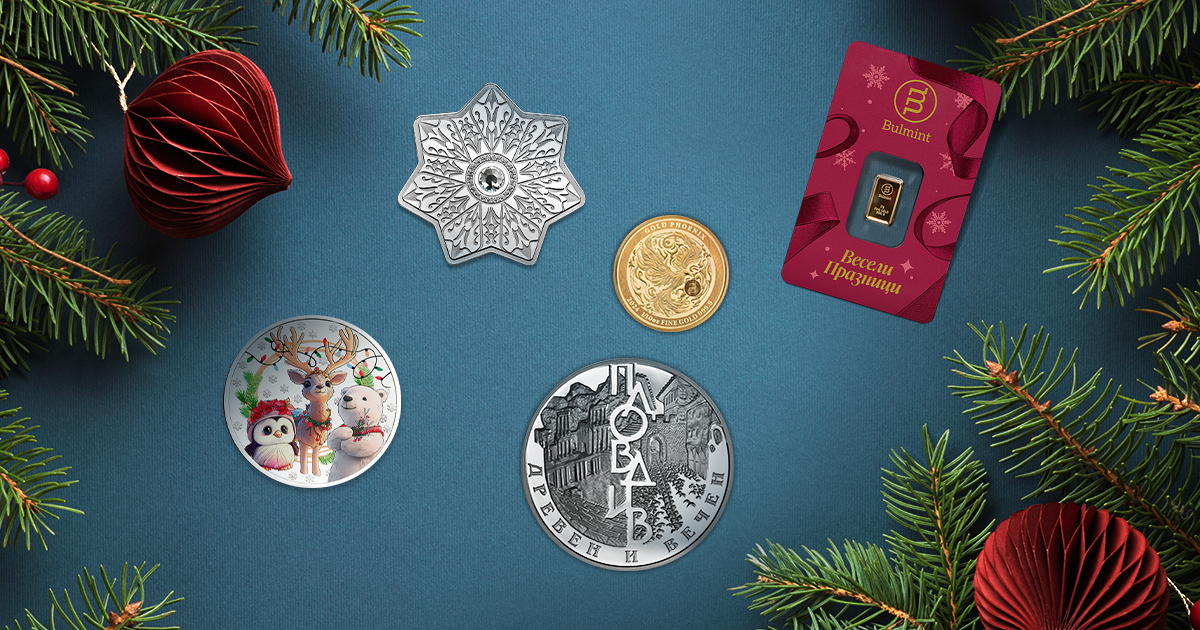
What Everyone Should Know About Investing in Silver
Published on 18 March 2020
After gold, silver is the precious metal that is used as an investment the most. Besides the investment value, silver has many specific characteristics that determine its broad industrial applicability. This is the reason why the price of silver is mostly determined by industrial rather than investment demand.
As an investment, in addition to diversifying investment portfolios, buying silver acts as a hedge against inflation and protects savings against economic and financial crises and uncertain situations.
What’s so special about silver?
Silver has been known to mankind since 4000 BC. It is one of the seven metals, along with gold, copper, tin, iron, lead, and mercury, which the world knew until the 15th century. In the past, almost all the silver was used for minting coins. Silver served as currency more than any other metal, even gold. Today, only a small part is invested in coinage, mainly collectables and coins.
The specific characteristics of silver determine its great applicability in the industry. More than half of silver consumption is for industrial purposes, compared to just 12% for gold. It is the metal with the highest electrical conductivity and is of central importance for many industries - medicine, photography, battery manufacturing, chemical industry, solar collectors, digital technologies and communications, air and water purification systems, wires, and switches, etc. As the world economy develops, the demand for precious metals continues to grow as its output gradually diminishes.
Which silver is considered an investment silver?
To buy and sell for investment purposes, silver must have a purity of 999/1000. The purity of the silver or sample shall be indicated by the stamp “Fine Silver” and/or 999.9, which shall certify and guarantee the content of the precious metal.
When buying investment silver, especially when making it for the first time, bullions or bars are often the preferred choices. Their purity is guaranteed and certified, not only with the stamped inscription but also with a certificate from the manufacturer. Another option for investing in physical silver is to buy silver coins.
In addition to the denomination and the weight of the metal, when talking about coins, their price is also determined by the rarity of the coin, the year of minting, whether it was in circulation or not, and its condition.
Which act establishes precious metals and currency trade?
Trade with precious metals and currency in Bulgaria is governed by the Currency Act. According to Article 13, Paragraph 1, the Ministry of Economy keeps and maintains a public register of all legal entities who are entitled to carry out such transactions. The register is accessible online and it is easy to verify that a legal entity has the right to conduct transactions in precious metals and currency.
How to measure silver?
Silver, like other precious metals such as gold, platinum, and palladium, has been accepted to be measured in troy ounces. Alloys of precious metals are also measured in troy ounces. One troy ounce equals 31.1034768 grams.
How is an investment in silver different from an investment in gold?
-
First of all, the silver market is much smaller than the gold market. Although the average annual production of silver is about 1 billion ounces compared to 120 million ounces for gold, the difference is offset by the difference in the price of the two precious metals. To a large extent, the silver market is driven by industrial demand, while the gold market is mostly influenced by investment and jewelry production demand.
-
The price of silver is more volatile than that of gold. The reason is that the factors that influence its pricing are diverse. While silver depends on the state of the industry and business in general, the gold price is influenced by factors such as interest rates and price inflation.
-
As an investment product, silver is not exempt from VAT, unlike gold. Nevertheless, gold and silver bullions and coins can be traded freely everywhere in the world.
-
Lower purchase price. Compared to gold, the price of silver is lower. This makes it much more available for people who prefer to make smaller but regular investments, or as a first-time investment choice. At the same time, it offers almost all the benefits of gold, but at a lower price.
The gold-silver ratio
The gold-silver ratio indicates how many ounces of silver it takes to buy one ounce of gold. This indicator is often used to determine at what point it is more profitable to buy - gold or silver. According to experts, the higher the ratio, the more undervalued the price of silver compared to gold. Accordingly, it is a more profitable investment at the moment. This means that the smaller the ratio, the more profitable it is to buy gold at the moment, rather than silver.
The long-term average value of the gold-silver ratio is just over 60. However, at present, this parameter is around 91.49. Historically, the gold-silver ratio is another indicator that also marks periods of economic crisis in historical terms. In 1991, the ratio of gold to silver reached 100, and in 2020 - 114. Experts share that this indicator should be monitored together with the prices of precious metals to observe the overall trend and to identify the most appropriate moments for purchase.
And an interesting fact ...
Did you know where the name of the English currency - the pound sterling - comes from? In the beginning, one pound was struck from one ounce of silver. Sterling was called the sterling silver alloy, which was made of 92.5% silver and 7.5% other metals, usually copper. The term has been preserved to this day, meaning the products of the 925 silver sample, are most often used for jewelry production.

